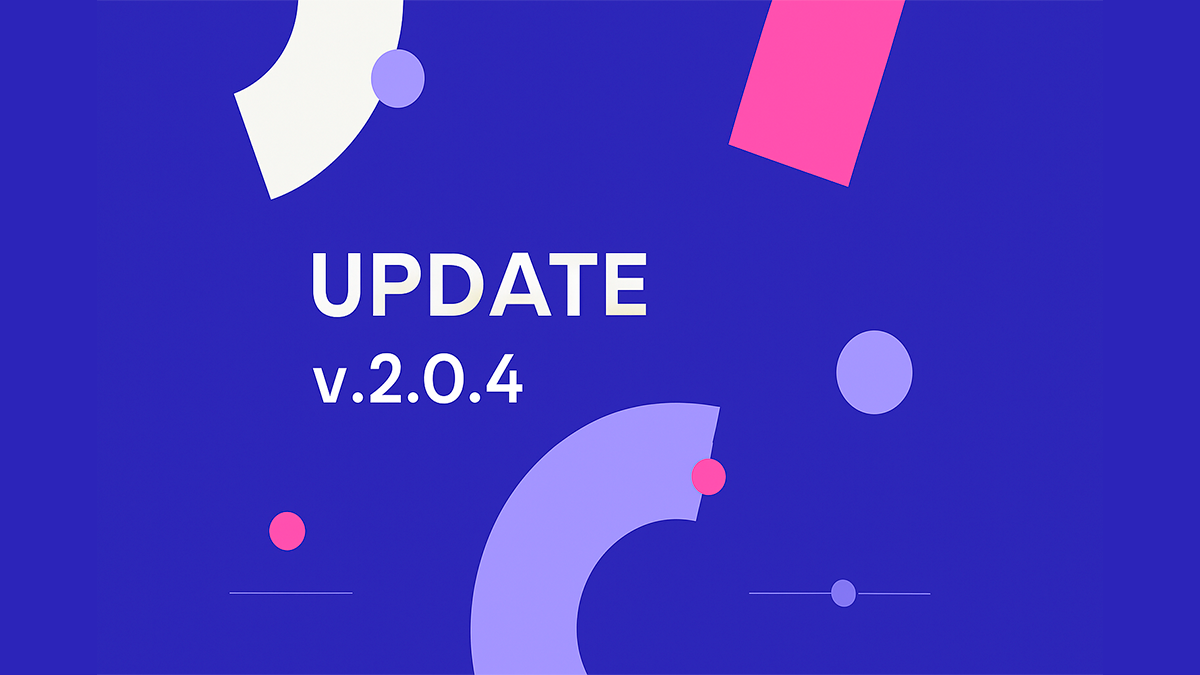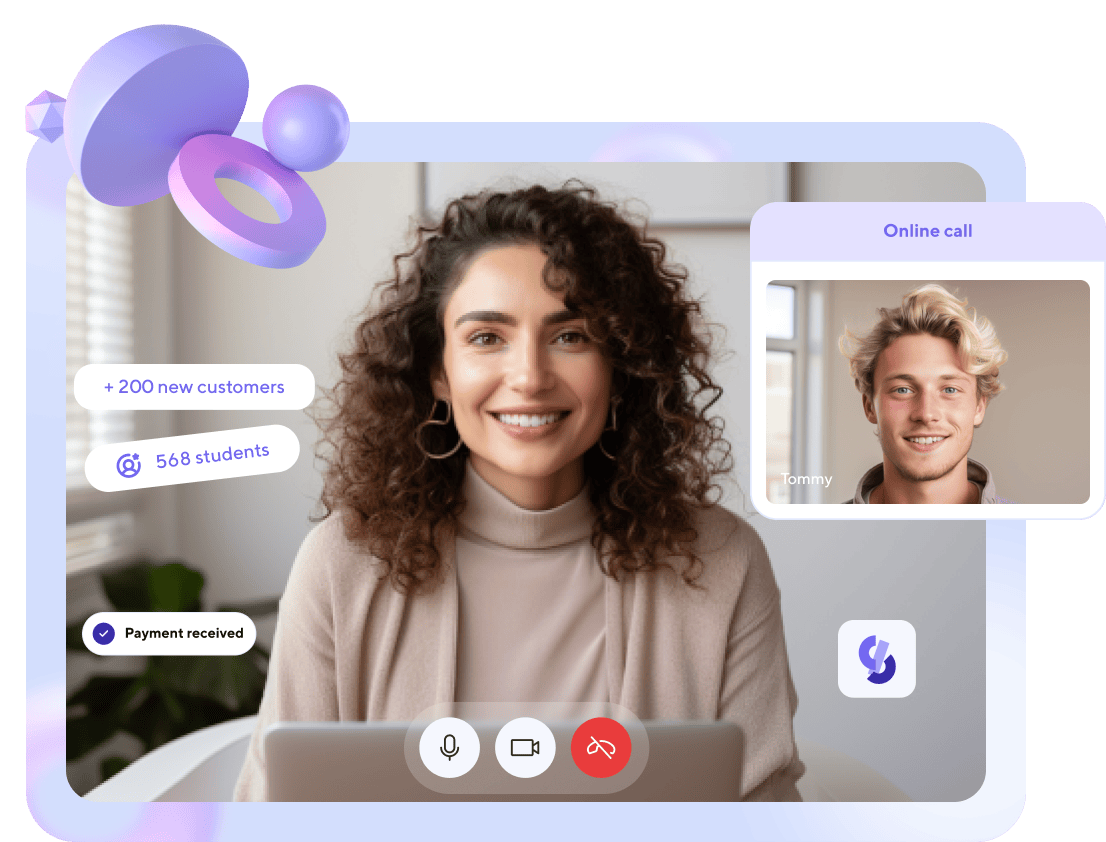Using Podcasts and Webinars in Learning Management Systems

The rapid development of technology in the last two decades has enabled educators to utilize a diverse array of tools to enhance the learning experience. Among these tools, podcasts and webinars stand out as particularly effective in the realm of online education. Both mediums can be seamlessly integrated into Learning Management Systems (LMS) to create engaging and dynamic learning content for students.
This article delves deep into the utilization of podcasts and webinars as educational tools within an LMS framework, evaluating their benefits, implementation strategies, best practices, and potential challenges.
1. Understanding Podcasts and Webinars
- Podcasts: These are episodic audio or video content that listeners can stream or download. Think of them as on-demand radio or TV shows focused on niche subjects, perfect for diving deep into academic topics.
- Webinars: Live or pre-recorded online seminars, webinars bridge the gap between in-person lectures and digital content. They often feature interactive elements, like Q&A sessions, polls, and chat rooms.
2. Why LMS Needs Podcasts and Webinars
- Multimodal Learning: The integration of both audio (podcasts) and visual (webinars) content ensures that learners with diverse preferences have access to the mode that suits them best.
- Anywhere Learning: Students aren’t confined to a classroom. They can learn from anywhere, anytime, thus catering to global audiences and varied time zones.
- Archived Learning: Past webinars can be archived and accessed at any point, providing a repository of knowledge. Podcast episodes, being evergreen, can be revisited as needed.
3. Benefits of Integration
- Flexibility and Autonomy: Students can pause, rewind, or re-watch/listen to content as many times as needed, promoting self-paced learning.
- Richer Content: Educators can augment their teachings with multimedia, external links, or guest experts, offering a richer learning experience.
- Feedback and Assessment: Integration within LMS allows for immediate quizzes or assignments post content consumption, aiding in knowledge assessment.

4. Strategies for Effective Implementation
- Diverse Content Creation: From interviews with experts to panel discussions or solo monologues, variety keeps learners engaged.
- Segmentation: Break down long topics into a series of shorter episodes or segments. This makes content more digestible.
- Interactive Elements: In webinars, include breakout sessions, live polls, or quizzes to maintain active engagement.
5. Best Practices for Creating Compelling Content
- High-Quality Production: While content is king, quality is queen. Invest in good recording equipment and editing software.
- Scripting and Preparation: While off-the-cuff episodes can be engaging, having a well-researched script ensures the consistency and accuracy of information.
- Engagement Tools: Use analytics to gauge what works. Look at metrics like drop-off points in webinars or most replayed sections in podcasts to refine content delivery.
- Feedback Loop: Encourage students to give feedback. This could shape the direction of future episodes or webinars.
6. Potential Challenges and Their Solutions
- Over Saturation: With the plethora of content available, students might feel overwhelmed. Solution: Curate and guide them towards what’s essential.
- Maintaining Interest: Digital fatigue is real. Solution: Introduce variety, interactive segments, and perhaps even gamification elements to keep learners hooked.
- Accessibility Concerns: Not everyone can access audio or visual content with ease. Solution: Offer transcriptions and closed captions.

7. Measuring Success
It’s not just about integration; it’s about impact. Use analytics to:
- Track engagement metrics like completion rates.
- Survey students for qualitative feedback.
- Assess knowledge retention via tests or quizzes.
8. Future of Podcasts and Webinars in LMS
With advancements in virtual reality (VR) and augmented reality (AR), the potential future of podcasts and webinars could be even more immersive. Imagine virtual field trips, interactive 3D diagrams, and global classrooms coming together in a shared learning experience.
Conclusion
The synergy of podcasts and webinars with LMS is a testament to the evolving educational paradigm. They are not just supplementary tools but can be central to a holistic digital learning strategy. As educators continue to explore and innovate, the horizon of what’s possible in online education keeps expanding, ensuring a dynamic and enriched learning journey for students.
Articles are good, but social media posts are faster!
Subscribe to us and be the first to receive tips and tricks
on promoting your online school!


Earn money on your knowledge and experience with
Softbook!
to the platform for setting up your own school!





